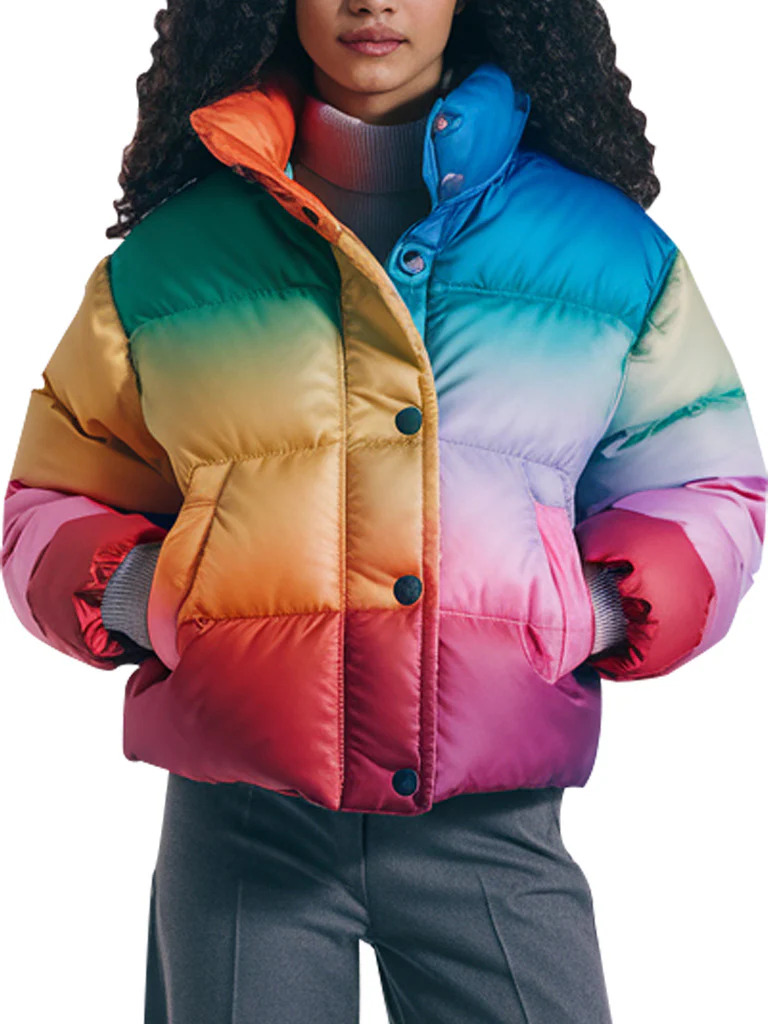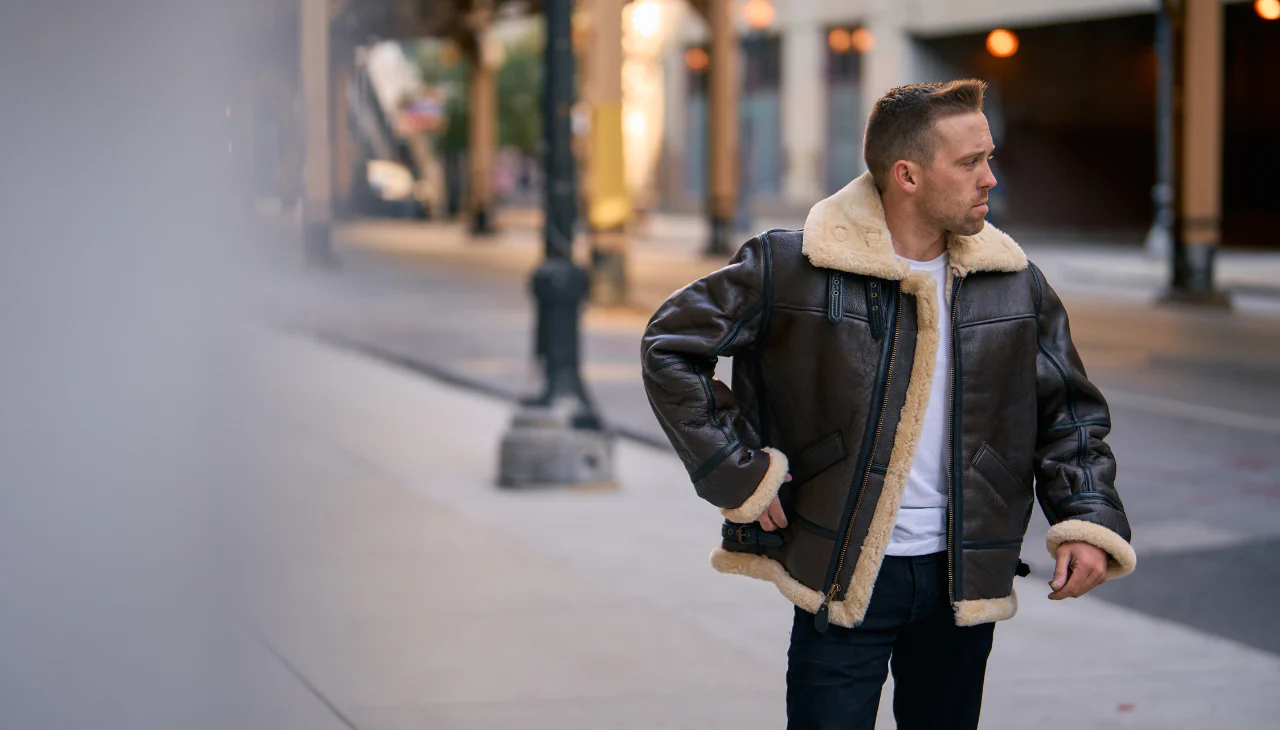Fashion has always been more than just what we wear—it is a reflection of culture, identity, and personality. Among the timeless garments that have stood tall in the realm of women’s fashion, the kurta holds a special place. Once seen as purely traditional attire, women kurtas have now evolved into versatile garments that blend seamlessly with contemporary aesthetics. From ethnic gatherings to daily officewear, these garments manage to strike the perfect chord between tradition and modernity, making them a global fashion statement today.
This article explores the evolution, styles, fabrics, and modern interpretations of women kurtas, with insights on how they balance age-old traditions and modern sensibilities.
The Evolution of Women Kurtas
The history of the kurta dates back centuries, worn traditionally in South Asia by both men and women. Originally, kurtas were simple, long, straight-cut garments, designed primarily for comfort and modesty. Over time, this attire evolved into various regional styles, influenced by local embroidery, weaving techniques, and occasion-based dressing.
For women especially, kurtas became a canvas of expression. Whether through Chikankari embroidery of Lucknow, Bandhani prints from Rajasthan and Gujarat, or block prints of Jaipur, kurtas became infused with culture while adapting to changing fashion sensibilities.
What’s fascinating today is how these garments have transitioned from traditional ethnic attire to wardrobe essentials for modern women who seek both elegance and versatility.
Why Women Kurtas Are the Perfect Blend of Tradition and Modernity
Women today often juggle multiple roles in personal and professional life, and their fashion choices reflect this dynamic lifestyle. Kurtas stand out for three primary reasons:
- Cultural Connection: They proudly represent Indian craftsmanship, embroidery, and textile heritage.
- Modern Adaptability: They can be styled with jeans, palazzos, or even skirts—offering a fresh, contemporary vibe without losing ethnic roots.
- Comfort and Functionality: Unlike many heavy ethnic attires, kurtas are light, breathable, and suitable for both formal and casual settings.
This unique combination ensures kurtas remain evergreen, equally appealing to young college-goers as well as working professionals and homemakers.
Traditional Elements That Continue to Shine
Even in their modern avatars, women kurtas retain some traditional charm that keeps them grounded in culture.
- Fabric Choices: Cotton, silk, and khadi remain timeless favorites for their comfort and elegance.
- Embroidery and Handwork: Zari, Kantha, and Phulkari continue to add a traditional touch, celebrating heritage craftsmanship.
- Regional Craft Influence: Block printing, ikat, kalamkari, and ajrakh lend unique cultural signatures to kurtas.
These elements remind wearers of deep-rooted traditions, even as designers experiment with modern cuts and silhouettes.
Modern Adaptations of Women Kurtas
Designers and brands have introduced several modifications to make kurtas more relevant for contemporary wardrobes:
- Asymmetrical Hemlines: Moving away from straight cuts, modern kurtas often have asymmetric silhouettes for a fashionable edge.
- Indo-Western Fusion: Kurtas paired with jeans, trousers, or even skirts blend casual Western style with ethnic grace.
- Minimalist Patterns: Urban women often prefer kurtas with subtle prints or solid colors, balancing tradition with a modern professional appearance.
- New Fabrics: While cotton and silk dominate, kurtas today are also designed in georgette, chiffon, and linen for a chic look.
- Experimented Lengths: Short kurtas for casual wear coexist beautifully with ankle-length statement kurtas perfect for festive occasions.
Styling Ideas: Tradition Meets Modern
How women choose to style their kurtas is the biggest testimony to their adaptability. A few popular styling inspirations include:
- Pairing a long embroidered kurta with palazzos and heels for weddings or festive gatherings.
- Wearing a printed cotton kurta with jeans and sneakers for a casual, chic college look.
- Combining a straight-cut kurta with trousers for an office-friendly semi-formal vibe.
- Teaming up a glamorous silk kurta with a statement dupatta for evening functions.
- Experimenting with layered kurtas with jackets or shrugs for winter or boho-inspired attire.
This flexibility ensures kurtas remain relevant across generations and lifestyles.
Women Kurtas in Global Fashion
Interestingly, women kurtas are now making waves internationally. The rise of sustainable fashion and global appreciation for handloom textiles has made kurtas appealing to audiences worldwide. International designers often find inspiration in Indian weaves and cuts for their collections.
Foreign celebrities have been spotted wearing tunics and kurtas as resort wear, beach dressing, or even semi-formal outfits. This growing international acceptance emphasizes how the kurta can be both deeply traditional and impressively global.
Choosing the Right Women Kurta
To strike the right balance between tradition and modernity, choosing the correct women kurta makes all the difference. Here are some quick tips:
- For daily wear, opt for breathable cotton kurtas with prints or simple embroidery.
- For festive occasions, silk and brocade kurtas with heavy embellishment add grandeur.
- For corporate looks, minimal embroidered kurtas in pastel shades with cigarette pants work best.
- For college or casual outings, short kurtas paired with jeans or dhoti pants provide comfort with style.
The versatility lies in mixing fabric, cut, and styling according to the occasion.
The Role of Women Kurtas in Sustainable Fashion
With the increasing conversation about sustainability, kurtas present themselves as ethically valuable garments. Many women kurtas are handwoven, hand-stitched, or created from natural fabrics such as cotton and silk. Moreover, they often last longer than fast-fashion garments, making them eco-friendly choices.
Supporting local artisans and handmade embroidery through kurtas also ensures that traditional crafts find space in the modern economy, protecting cultural heritage while staying relevant.
Future of Women Kurtas
Looking ahead, women kurtas are poised to remain an integral part of fashion because they constantly reinvent themselves. With the rise of e-commerce, online platforms offer kurtas in new fabrics, global fits, and fusion cuts to suit women across age groups and geographies.
Technological innovations like digital prints, wrinkle-free fabrics, and smart tailoring will only make kurtas more desirable in times to come. Yet, what makes kurtas evergreen is their rootedness in Indian tradition while embracing modern influences—a balance few other garments can achieve so gracefully.
Conclusion
Women kurtas are more than garments; they are stories woven into fabric. They bring alive traditions of weaving, embroidery, and cultural artistry while offering modern women the freedom to look stylish, comfortable, and confident. From college campuses to corporate spaces and festive celebrations, kurtas effortlessly bring together tradition and modernity.
As global fashion embraces inclusivity and cultural diversity, the humble kurta has rightfully secured its place as an iconic attire. For today’s woman, it’s not just about wearing a piece of clothing—it’s about celebrating heritage while creating her own unique style that reflects modern choices. And in doing so, women kurtas have truly become timeless.





